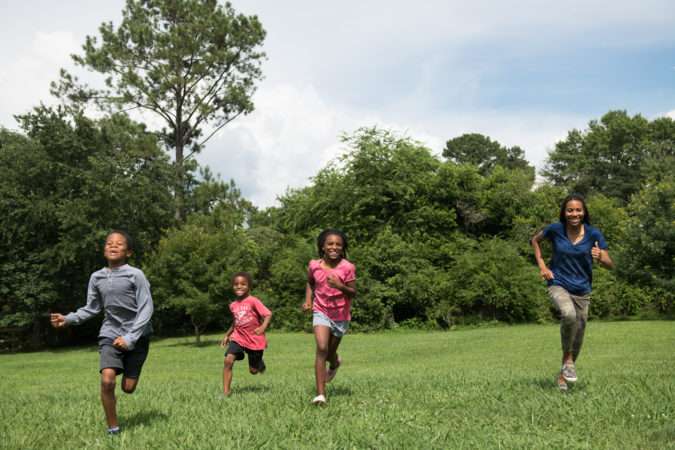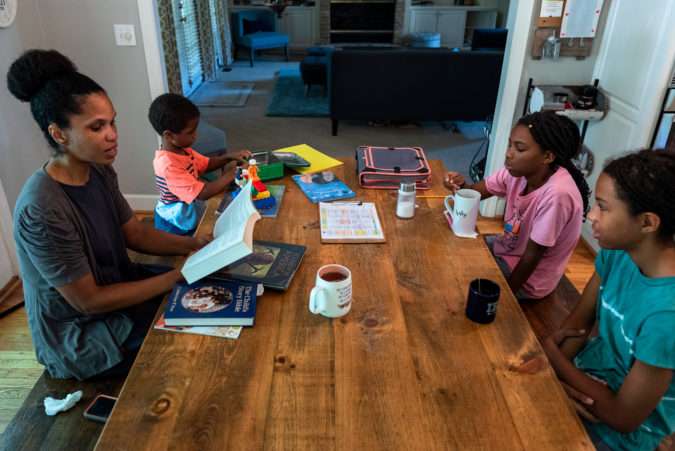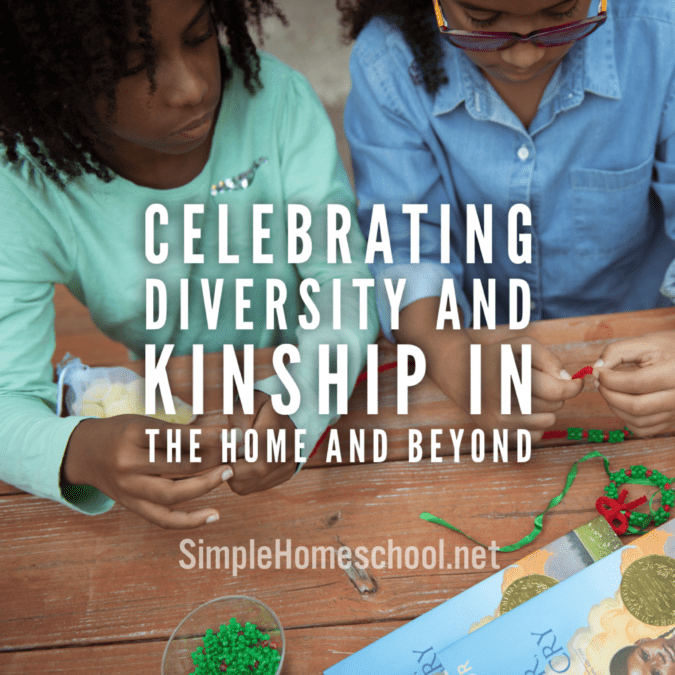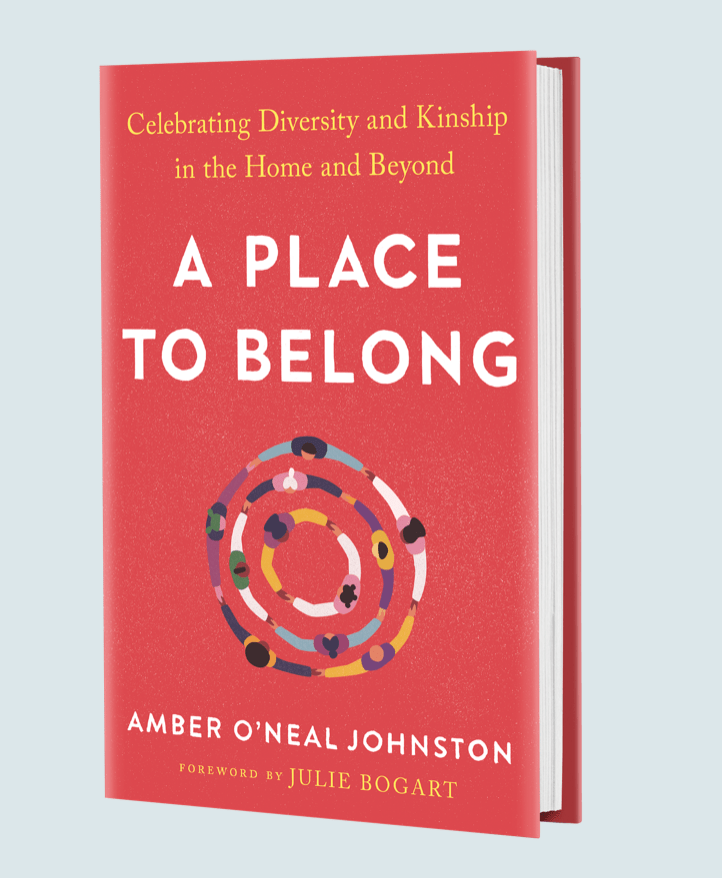 Celebrating Diversity in the Home and Beyond
Celebrating Diversity in the Home and Beyond
~ Written by Amber O’Neal Johnston
A note from Jamie: I’m thrilled to introduce you to Amber, our newest contributor and the author of A Place to Belong: Celebrating Diversity and Kinship in the Home and Beyond (afflink). If you enjoyed my Give Your Child the World, I know you’ll find this just-released title helpful as well! Enjoy the short excerpt below that Amber’s sharing with us today:
As I look back at my family’s journey, I can’t help but smile. Ever since we began celebrating diversity and kinship in our home and beyond, our kids have grown closer to people of all backgrounds.
My children now notice when people look different, speak differently, or have a different story to tell, but they don’t feel superior, suspicious, inferior, or resentful of what those differences represent.
Instead, they feel hopeful and expectant. The thing I thought we’d lose while trying to connect our children to their roots and the richness of our culture is the very thing that grew abundantly.
Celebrating Diversity in the Home and Beyond
But that doesn’t mean that pursuing cross-cultural relationships is always easy. Forging friendships, or even just friendly acquaintances, with people who are different can be challenging. And when you throw in substantial differences like language, religion, socioeconomics, and culture, it can be even harder.
What I’m asking of my children, of you and your children, and especially of myself, is that we don’t grow weary of trying. That we extend ourselves beyond smooth and easy days to create a new normal for how we see and interact with others.
“Our most deeply held beliefs are not merely shouted publicly. They are lived out among family, friends, and communities. These are the places where doctrines like grace, justice, hope, and perseverance become flesh.” – Dr. Esau
My vision for being rooted in community, locally and globally, is grand, but the execution has been bumpy.

I’ve struggled mightily with integrating my family’s need for safe “villages” where we feel intimately known and understood with my desire to commune with sisters and brothers who look nothing like us.
Learning to straddle both worlds without feeling pulled apart is a complicated matter. And working to create and participate in spaces where Black people, other people of color, and white people can do life together is as much of an uphill battle as it is a joy when I catch glimpses of what can be.
“So let us be about the work to ensure that windows, mirrors, and sliding glass doors are present not only on our shelves but in our personal lives as well, modeling for our students what it means to love our neighbors as we love ourselves—our neighbors both near and far.
Our neighbors fleeing persecution and our neighbors that may not act like, think like, and vote like us. Because if our shelves are diverse but our lives are not, we have missed the mark.” – educator Chad Everett
It Starts at Home
Of course, we can’t ask our children to love their neighbors as themselves when they don’t have a reference point. Children must first understand the feeling of being loved and of loving themselves.
Only then will they recognize what it means to love another in the same way.
I don’t mean that they should idolize themselves while draped in arrogance or think they’re better than others.
I mean that children should understand what it means to have a cultural and social identity as they recognize and respect the same in others. Their cups should be filled to the brim with plenty of overflow to pour out on others.
The best place for a child to be filled is at home.
Insular living is far from the goal, but a good home is a love incubator. A place where children are warmed and prepared for life outside the controlled environment of home and family.
As they move beyond the four walls of home and out into the world, celebrating diversity and kinship will allow our children to recognize the beauty of global citizenship, the need for community, and the importance of being changemakers.
Reprinted with permission from A PLACE TO BELONG, by TarcherPerigee, an imprint of Penguin Publishing Group, a division of Penguin Random House, LLC. Copyright © 2022 by Amber O’Neal Johnston.
What’s Your Homeschool Mom Personality? Take Jamie’s quiz now and receive a free personality report to help you organize your homeschool based on what your personality type needs most!</em




 Weekend homeschool links: May 20th
Weekend homeschool links: May 20th
I love this! The world has twisted what diversity means – as it does with everything – but this is beautiful. I love showing my children other cultures and history, as well as our own. We’re called to love our neighbors (seems like Someone told us this was important… 🤔🤷🏻♀️). Our pastor says anyone we see is our neighbor. Teaching this to our children, both in word AND in action, is a critical part of our jobs as parents.
I’m so glad that you appreciate this message, and I LOVE what your pastor says. Anyone we see is our neighbor. So simple and yet, so powerful.
Love these beautiful words, Carol!